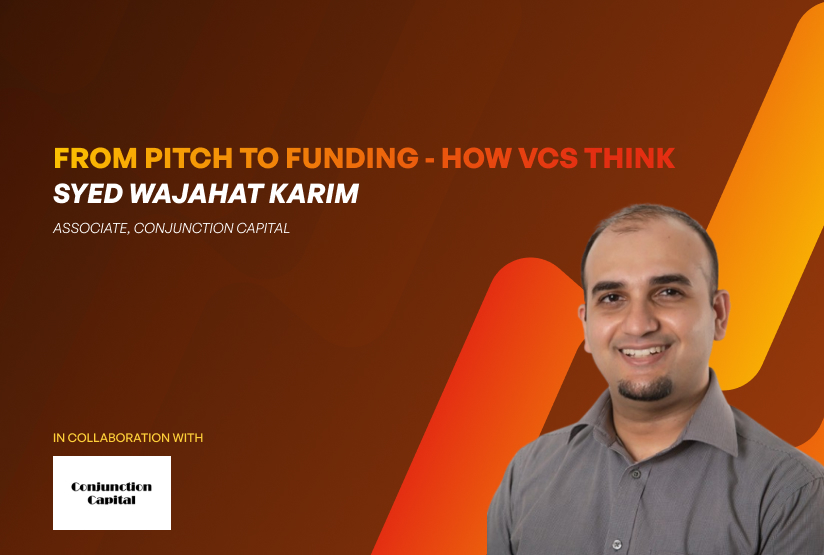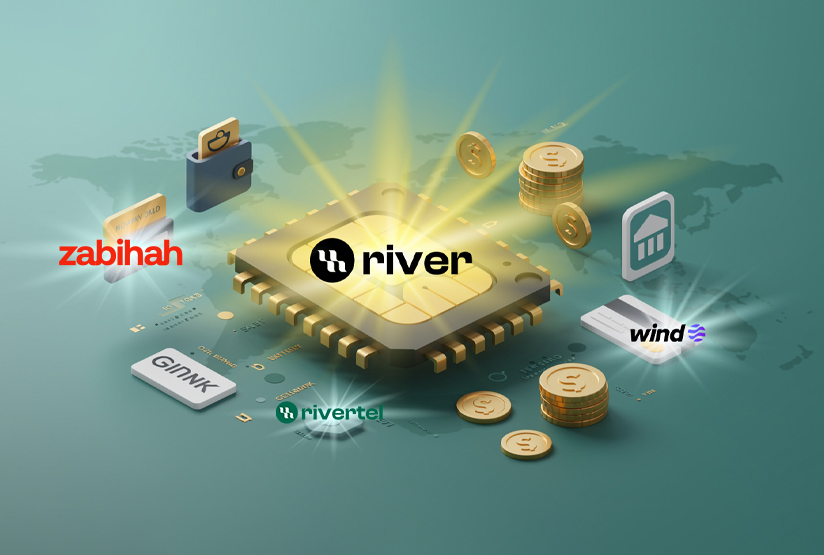
.jpg)
Beyond Profits: The Dual Mission of Impact Investing

Newsletter
Impact investing is an investment approach that seeks to generate both financial returns and positive social or environmental outcomes. Unlike traditional investing, which prioritizes financial gain alone, impact investing intentionally addresses global challenges such as climate change, poverty, and access to essential services like healthcare and education. Investors in this space commit capital to sectors like sustainable agriculture, renewable energy, and affordable housing, often targeting emerging markets where capital is most needed. This dual focus on profit makes impact investing an attractive option for investors looking to make a tangible difference while achieving financial goals.

The core principles of impact investing rest on four key elements: intentionality, impact measurement, financial returns, and additionality.
- Intentionality refers to the explicit aim of making a positive social or environmental impact, ensuring that the investment is purpose-driven.
- Impact measurement is equally important, as it involves tracking and reporting progress toward stated objectives, ensuring transparency and accountability.
- Financial returns in impact investing can range from below-market to market-rate, depending on investors' goals, but some level of financial return is always expected.
- Finally, additionality ensures that investments lead to outcomes that would not have occurred without the investor's involvement, reinforcing the potential of impact investing.
Kickstarting Your Journey into Impact Investing
Investors interested in impact investing can start by clarifying their motivations and setting clear objectives that align with both financial and social goals. This involves identifying the specific social, environmental, or economic challenges they want to address, such as alleviating poverty, advancing education, promoting sustainable agriculture, or mitigating climate change. Understanding the desired balance between financial return and social impact is crucial, as impact investments range from philanthropic-driven initiatives to market-based approaches with competitive returns. Once investors define their priorities, they can explore direct investments in social enterprises and sustainable startups, as well as pooled funds like impact investing funds or community financial institutions, which offer lower risk and lower engagement.
VCs and Impact: Where Innovation Meets Purpose
The overlap between Venture Capital (VC) firms and impact investing is becoming more prominent as both areas share the common goal of driving innovation and delivering financial and societal returns. Historically, VC firms focused on financial returns, while impact investing prioritized social and environmental change. However, we are now witnessing a convergence, particularly in emerging markets. Over the past few years, VCs have been investing heavily in startups operating within the tech sector, driving societal change through innovation.
- Mission-Driven Startups: Many VC-backed startups are now addressing pressing social issues, blending financial success with meaningful impact. The falling cost of technology, data storage, and the widespread availability of tools are enabling startups to tackle large-scale social challenges. VC investors recognize that leveraging such technologies can result in both financial returns and societal benefits.
- Next-Gen Entrepreneurs: Younger generations, particularly Millennials, are driving this change. They value meaningful work and seek to create a positive societal impact through entrepreneurship, compelling VCs to seek out and invest in companies that align with these values.
- Diverse Teams and New Markets: The growing diversity among entrepreneurs and VC firms is improving access to impact-driven business models, allowing VCs to tap into new talent pools and markets that prioritize both profit and purpose.
This intersection represents a shift in mindset, where impact investing is no longer a separate or niche strategy but is being integrated into mainstream investment approaches, especially within venture capital.
Debunking Myths: What Impact Investing Really Delivers
Impact investing is often misunderstood and faces various challenges that can deter potential investors. One common misconception is that impact investing is akin to philanthropy, implying that it does not yield financial returns. However, many investments in this field are designed to generate both competitive returns and measurable social or environmental benefits. Another misconception is that investors must sacrifice financial gains to make a positive impact, but research shows that impact investments can deliver strong returns, often outperforming traditional investments. Additionally, there is a belief that impact investing is exclusive to the wealthy, whereas opportunities are available across various asset classes and financial brackets.
Navigating the Hurdles in Impact Investing
Despite its growing popularity, impact investing also presents challenges. Measuring impact remains difficult due to a lack of standardized metrics and inconsistent data, making it hard to compare and assess risks. Investors may also face potential conflicts between maximizing financial returns and staying true to their social or environmental goals. Furthermore, the limited availability of high-quality impact investment opportunities, particularly in emerging sectors, can make it challenging for investors to build a diversified and effective portfolio. Understanding these misconceptions and challenges is crucial for investors looking to navigate the impact investing landscape.
What Can Investors Do to Tackle This?
Having said that, it is important to establish a proper framework for assessing both the financial performance and social outcomes of these investments. This ensures accountability, informs future investment decisions, and measures real-world impact. Investors should be prepared to dedicate time to evaluating how effectively their capital is contributing to the intended social outcomes, as impact measurement is a critical yet often complex aspect of this field. Additionally, consulting with professional advisors who specialize in impact investing or joining networks and peer groups can provide further guidance, best practices, and shared due diligence. Ultimately, starting with clear goals, a thoughtful approach to measurement, and strong advisory support will help investors make impactful and informed decisions in this growing field.
Shaping An Inclusive Future
Impact investing is gaining popularity among millennials and Generation Z, who are more socially and environmentally conscious than previous generations. These younger investors are demanding greater transparency, accountability, and alignment with their values, pushing the industry towards more sustainable and ethical investment practices. This shift is influencing the way wealth managers, institutions, and companies structure their portfolios and strategies, further driving the growth of the sector. Rather than focusing solely on quick returns or the rise of a few "impact unicorns," the future of impact investing lies in supporting a wide range of companies of all sizes that can drive innovation and create positive change. Small startups and impact ventures are often at the forefront of groundbreaking solutions, making them essential contributors to this evolving field. As the impact investment sector continues to attract more capital, it will play a key role in reshaping investment strategies. The emphasis on long-term value creation, engagement, and broad prosperity aligns with powerful macroeconomic trends, ensuring that impact investing will be pivotal in building a more equitable and sustainable future.






.jpg)






.jpg)





.jpeg)



.jpg)




















.jpg)
.jpg)

.jpg)
.jpg)


















.jpeg)












..jpg)
..jpg)



.jpg)















